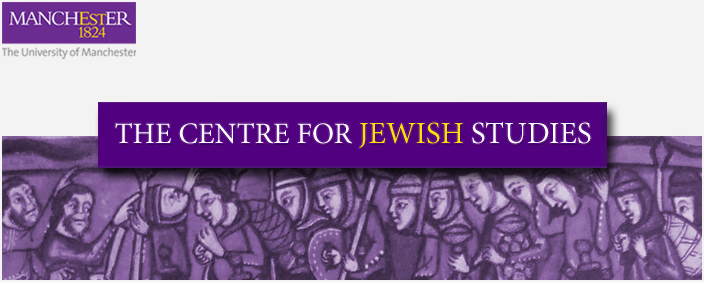Manchester Lecture series - Autumn 2011
Herodium is located 12 km. south of Jerusalem. The main literary source for the history of Herodium is the writing of Josephus. The position and appearance of the site accords with the evidence provided by Josephus. Herodium was conquered and destroyed by the Romans in 71 CE. At the beginning of the Bar Kokhba revolt sixty years later, Simon bar Kokhba declared Herodium as his secondary headquarters.
Remains of the palace-fortress on the hilltop have been excavated by several expeditions since the early 1960s. Since 1972, excavations at the palace-fortress and at Lower Herodium were conducted on behalf of the Hebrew University of Jerusalem under the direction of the late Professor Ehud Netzer. After his untimely death, Roi Porat was appointed as his successor. Recent excavations in the north-east slope of the hill at Herodium have changed the conception of “Greater Herodium” in remarkable ways. In 2007 Professor Netzer discovered the tomb of Herod, at the precise location given by Josephus in his writings. Later, near the tomb base, he found a small 450-seat capacity theatre with an elaborately decorated royal theatre box. Those excavations uncovered more than sixty Greek and Latin inscriptions, as well as twenty Hebrew and Aramaic inscriptions, most of which are very fragmentary. The Greek and Latin inscriptions will be published by Avner Ecker, and the Hebrew and Aramaic by Esti Eshel. In this lecture, Esti Eshel will introduce the finds from recent excavations, focusing on the new Hebrew and Aramaic inscriptions, as well as having a fresh look on some old inscriptions found at the site before 1972.
Dr. Esti Eshel is a senior lecturer in the Bible Department and in the Martin (Szusz) Department of Land of Israel Studies and Archaeology at Bar Ilan University, and an acting head of the Jeselsohn Epigraphic Center of Jewish History at Bar-Ilan University. Her fields of research are the late books of the Hebrew Bible, as part of an interest in Jewish literature of the Second Temple period, including early Jewish exegesis, and epigraphy. A member of the international team publishing the Dead Sea Scrolls; Co-Author (with J.C. Greenfild and M.E. Stone), The Aramaic Levi Document (Studia in Veteris Testamenti Pseudepigrapha, 19). Leiden 2004; and (with A. Kloner, H. Korzakova and G. Finkielsztejn), Maresha III: Epigraphic Finds from the 1989-2000 Seasons (IAA Reports, No. 45). Jerusalem 2010.
Light refershments 6.30pm - lecture 7pm



